-
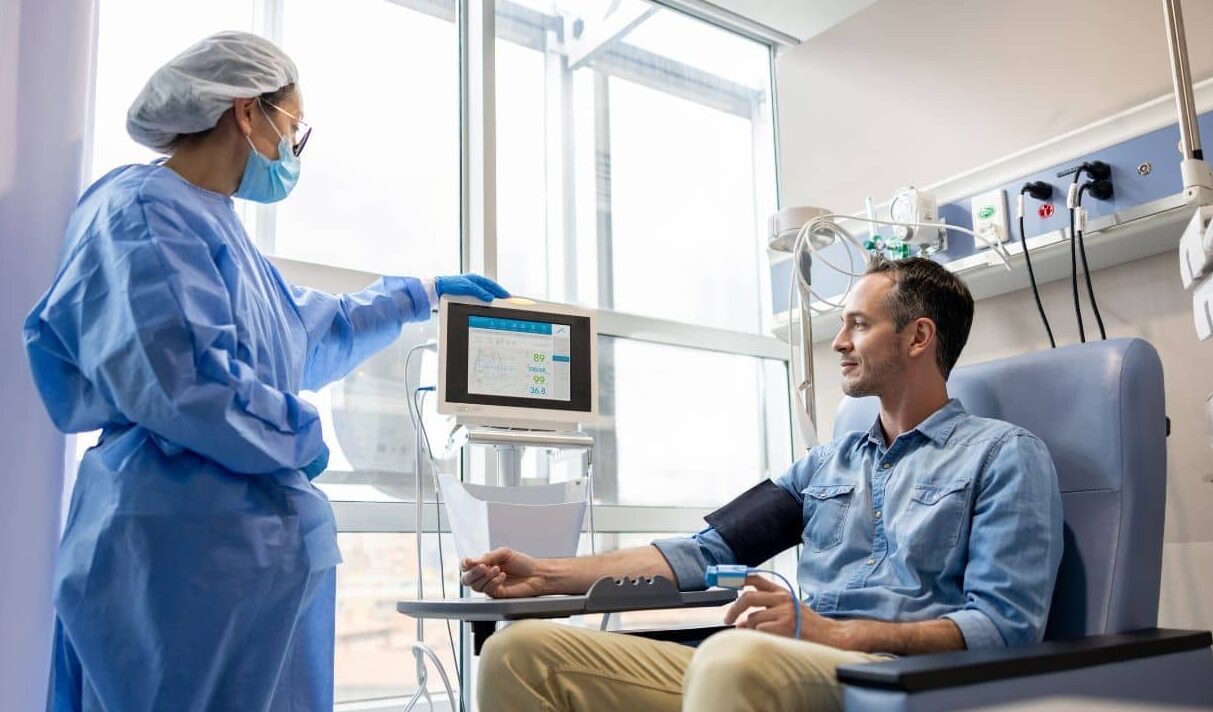 News
When glucose levels are low, chemotherapy ceases to affect cancer cells
News
When glucose levels are low, chemotherapy ceases to affect cancer cells
-
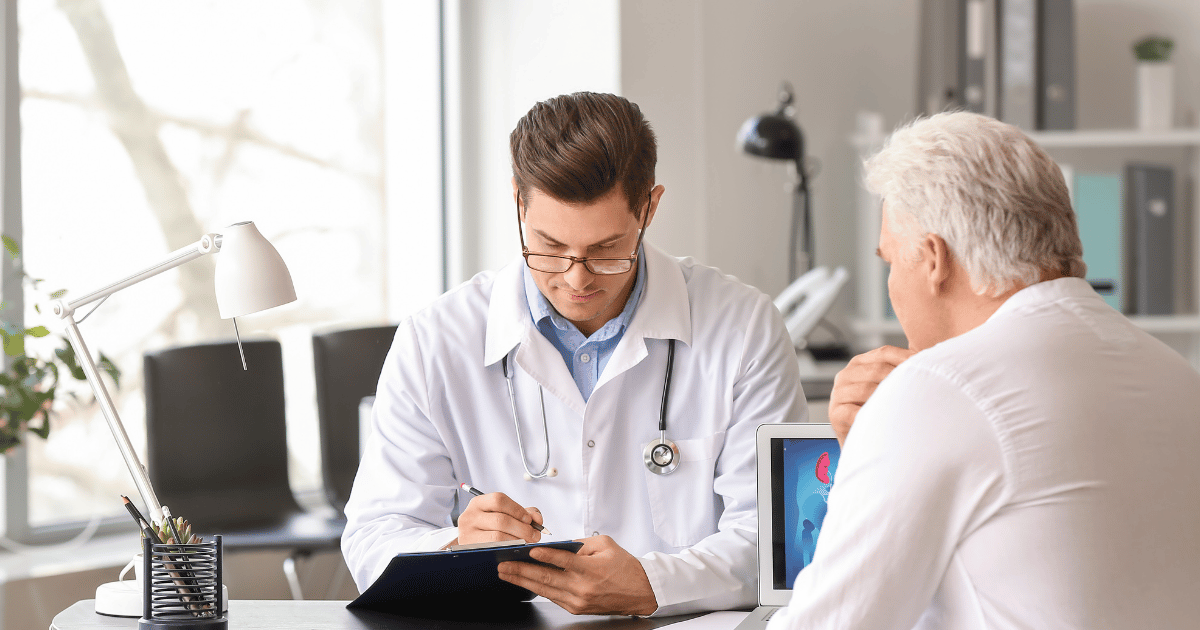 News
Excessive treatment of prostate cancer in older men may reduce quality of life without increasing its duration
News
Excessive treatment of prostate cancer in older men may reduce quality of life without increasing its duration
-
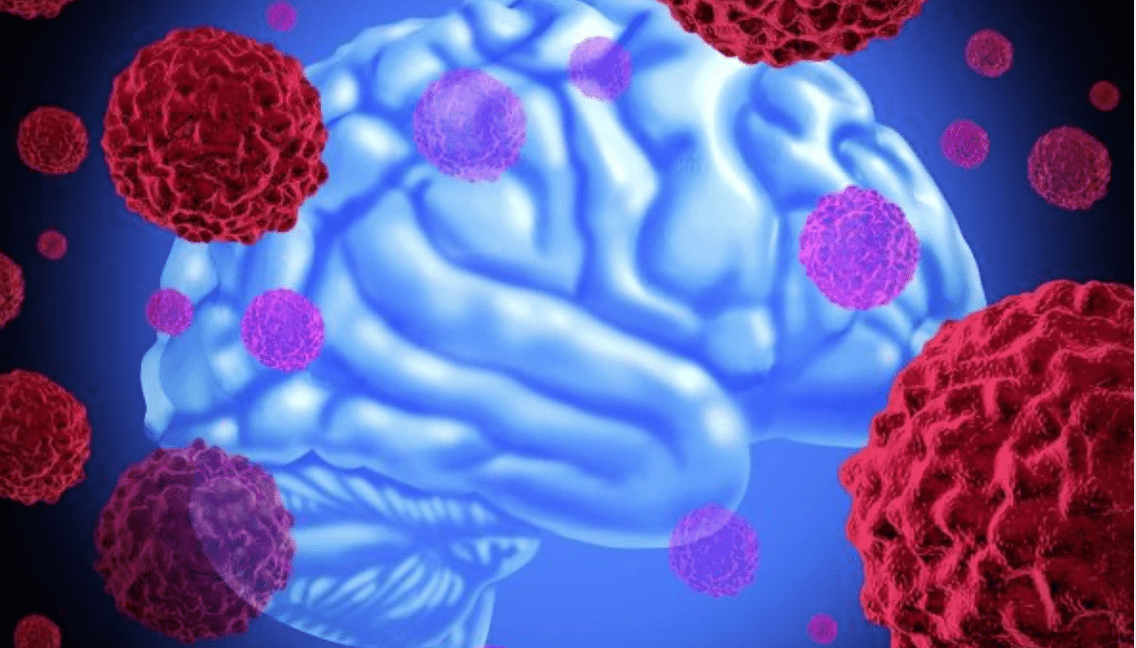 News
Brain cancer can be cured by viruses
News
Brain cancer can be cured by viruses
-
 News
Ways to reduce lymphatic pain in breast cancer have been found
News
Ways to reduce lymphatic pain in breast cancer have been found
-
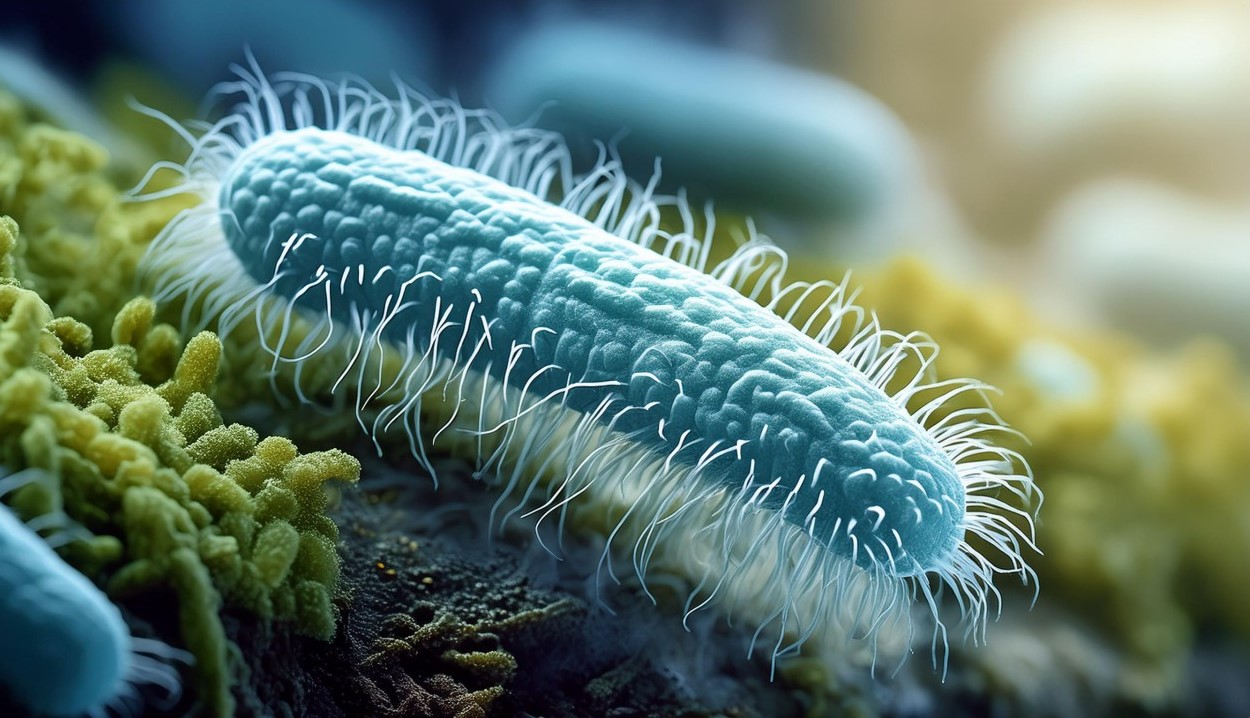 News
Scientists have turned bacteria into a powerful weapon against cancer
News
Scientists have turned bacteria into a powerful weapon against cancer
All news
Endometriosis treatment
Endometriosis — second most common gynecological disease in childbearing women.
- 176 million women worldwide have endometriosis. It’s like the 4 population of Ukraine,
- Often detected in 19-35 years,
- It’s one of the most common causes of inability to get pregnant. Up to 60% have difficulty conceiving,
- 40-60% have severe menstrual cramps.
The only sure way to diagnose — a laparoscopic surgery. If endometriosis is confirmed — surgical treatment begins already during the laparoscopy.
MedTour advises clinics, which use modern and effective therapy of endometriosis. Every woman can be helped, the main thing — turn to proficient specialists in time.
MedTour patients recommend clinics for the treatment of endometrioid:
Doctors for the treatment of endometriosis
Patient reviews
I had in vitro fertilization in this center. They did it well. I am really happy to be able to have a kid now! Thanks to MedTour for organizing the whole treatment! It was even not that expensive as I thought.
Frequently Asked Questions
Endometriosis — disease that occurs when the endometrium moves outside the uterine cavity. It’s a chronic and hormone-dependent illness prone to relapse.
Endometriosis occurs cysts and inflammations (foci of endometriosis) that settle in different organs.
The cause is unknown. Endometriosis — disease of actively menstruating women.
Hormonal imbalance, reduced immunity, genetic predisposition and environmental factors lead to the transport of endometrial cells outside the uterine cavity and their spread to surrounding tissues and organs.
At risk of women of childbearing age with:
- Genetic predisposition,
- Hormonal disorders,
- Early onset of menstruation, late first birth,
- Inflammatory diseases of genital organs,
- Postponed surgical interventions,
- Obese,
- Active sexual life during menstruation.
Distinguish endometriosis:
- Genital:
- Internal — in body or cervix (called adenomyosis),
- External — in ovaries, vagina, perineum, fallopian tubes,
- Non—genital, also called extragenital — in the bladder, lungs, kidneys, intestines, etc.
There are 4 stages of endometriosis:
- Stage 1 — small superficial and single foci,
- Stage 2 — lesions penetrate deeper into tissues and their number increases,
- Stage 3 — deep multiple foci with endometrioid cysts and adhesions,
- Stage 4 — numerous deep foci that grow into neighboring organs, large cysts, an extensive adhesive process in small pelvis.
The manifestations of endometriosis depend on the depth of the foci in the fabric. In addition, symptoms of endometriosis differ depending on lesions location.
- Pain — manifested in different ways:
- Pain in the lower abdomen before and during menstruation,
- Pain during intercourse,
- Intestinal damage — diarrhea, constipation, pain during bowel movement,
- Bladder involvement — frequent urination, pain when urinating,
- In severe and protracted course — chronic pelvic pain,
- Adenomyosis — heavy menstruation, prolonged bleeding.
The most unpleasant and difficult manifestation of endometriosis — inability to get pregnant.
Endometrioid cysts — foci of endometriosis; cavities in which blood accumulates during menstruation.
- Occur in 10-15% of women,
- They’re called chocolate because of their characteristic color,
- Diameter: 2-10 cm,
- Often double-sided,
- Often combined with other foci of endometriosis.
Yes, after the onset of menopause, hormonal function of ovaries turns off and illness declines.
In childbearing age, it’s impossible to finally recover from endometriosis. But disease can be brought under control, achieve desired pregnancy and avoid premature menopause.
No. Without qualified treatment, endometriosis always progresses. This is fraught with serious complications.
Endometriosis has a detrimental effect on the body in general and on on fertilization in particular.
Yes. But women with endometriosis have an increased risk of inability to get pregnant or more difficult pregnancies.
The body fights against endometriosis foci. Because of this, there is a sharp increase in inflammatory factors and a simultaneous deterioration of the background favorable for pregnancy.
Despite the fact that a meeting of a sperm with an egg and fertilization is possible, there’s no normal attachment of embryo.
Endometriotic tissue grows and bleeds every month during your period. This leads to the formation of adhesions that block fallopian tubes and make it difficult for pregnancy to develop.
Endometriosis increases the risk of:
- Preterm birth — 1.3 times,
- Ectopic pregnancy — 2.7 times,
- Placenta previa — 2.2 times,
- Spontaneous miscarriage in early stages — 1.8 times,
- Unexplained pre- and postpartum hemorrhage — 1.7 and 1.3 times, respectively.
The advantages of laparoscopic intervention by foreign doctors are:
- The operation takes no more than 1-1.5 hours,
- Painstaking work of doctors with small lesions under magnification,
- Fast and short rehabilitation,
- 1-2 days after the surgery, the patient can live a normal life.
Innovative methods of diagnosis and treatment of endometriosis abroad
Diagnosis of endometriosis in foreign clinics
The best diagnostic method — laparoscopic surgery (examination with a video camera). Method is both diagnostic and therapeutic. During laparoscopy, a tissue sample is taken (biopsy). In addition, during operation, it’s possible to determine location, severity and type of growth of foci of endometriosis and endometrioid cysts.
An experienced physician does not start a study with laparoscopy. First, he conducts a gynecological examination and ultrasound of pelvic organs. MRI, hysteroscopy, and metrosalpingography are rarely used.
How endometriosis is treated abroad
In each case, the doctor of the leading clinic chooses an individual tactic.
Treatment can be divided into two methods:
- Conservative,
Surgical.
Drug therapy. Pain relievers and hormonal medications reduce symptoms. These include oral contraceptives, gestagens, gonadotropin-releasing hormone agonists and antagonists. However, medical treatment cannot cure endometriosis, so experienced foreign doctors resort to surgery.
Operative therapy. Surgical removal of lesions of endometriosis relieves pain, improves quality of life, increases fertility, and reduces the risk of recurrence.
Innovative surgical treatments for endometriosis:
- Laparoscopy,
- Mono- or bipolar cauterization,
- Laser ablation,
- Excision of endometrial tissue.
Published:
Updated:


Information on this webpage verified by the medical expert


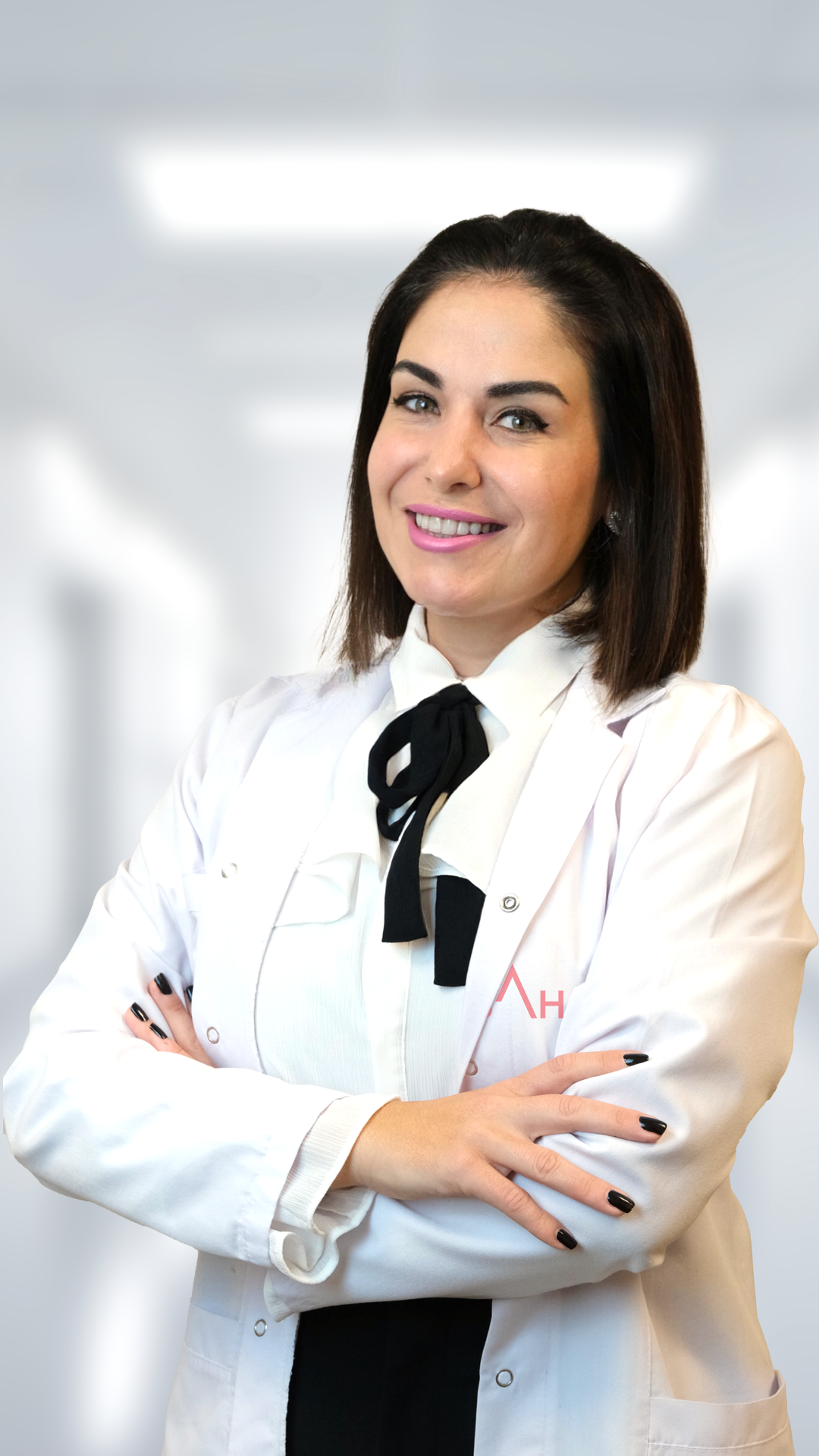
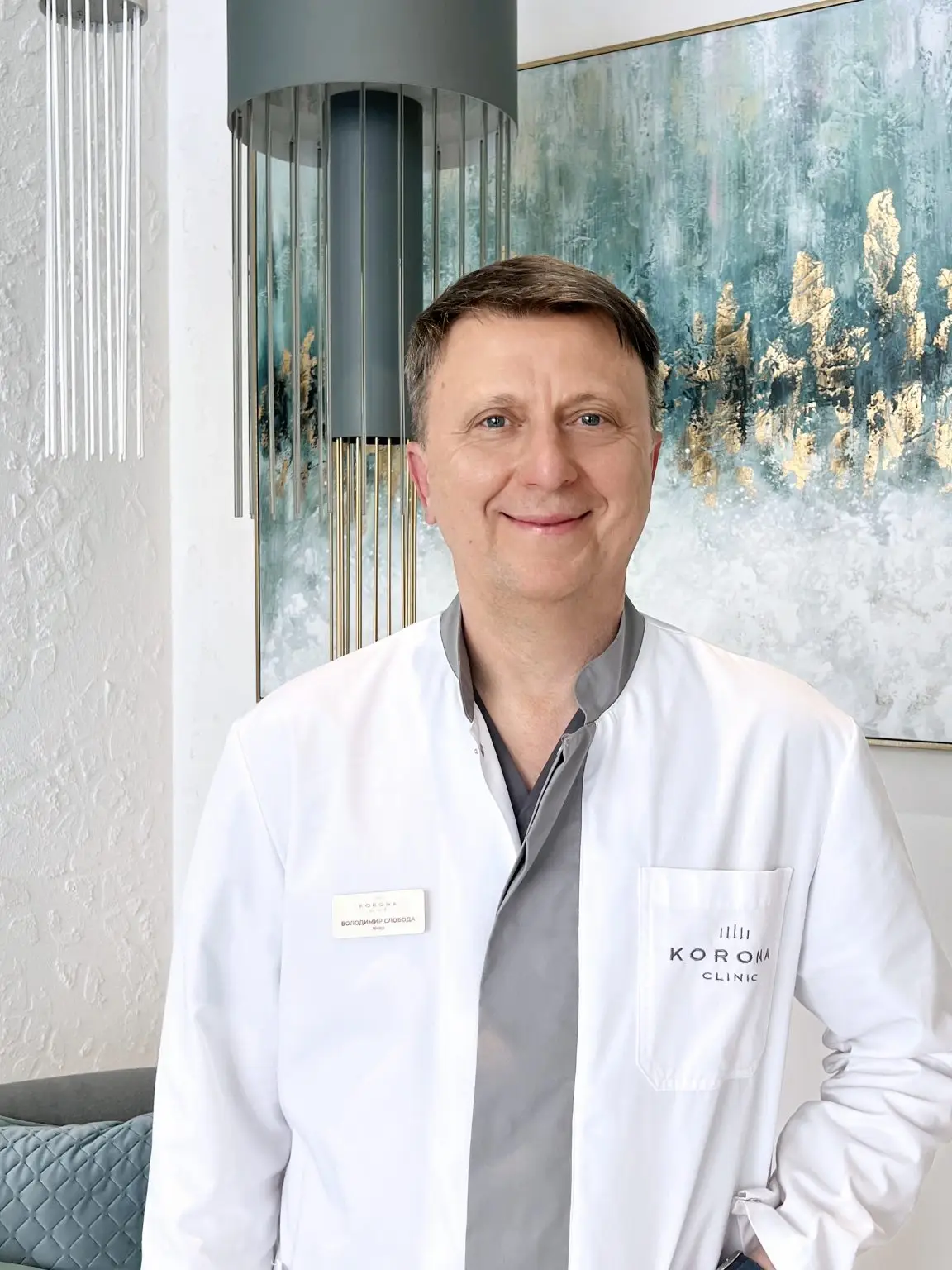





Добрый день! Хочу оставить отзыв благодарности .
Дайнис Леонидович, я от чистого сердца благодарю Вас, за такую непростую в моем случае операцию, и то, как легко и быстро все прошло! Сегодня второй день после операции и я чувствую себя хорошо не только физически, но и психологически! Все прошло на столько комфортно, что я практически не переживала. В целом людям свойственно волноваться перед операцией, но с Вашей командой, анестезиологов, мед персонала я чувствовала что все под чутким контролем!! Я желаю всем здоровья!